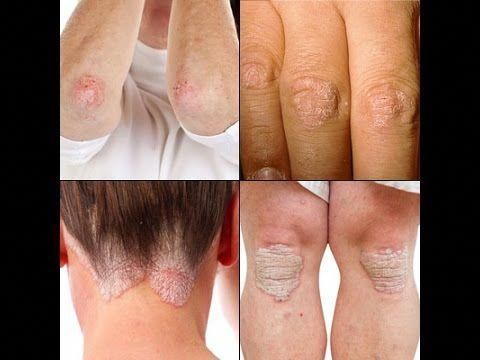
The main reason why vitiligo occurs is genetics. It is the result of a genetic defect. Although it does not cause permanent skin discoloration, it is very disfiguring. The affected areas are usually scaly and white. These patches are most noticeable in the face and neck, but can occur on other parts of the body as well. Symptoms may also appear on the armpits and genitals. Affected individuals may develop baldness, lose their hair and experience greying of the skin.
The main cause of vitiligo is a disorder of melanocytes, which produces pigment in the skin. The condition occurs when these cells begin to die. This results in the loss of skin pigment, or vitiligo. Researchers aren’t sure exactly what causes vitiligo, but the process is not contagious. Some people with this disorder may be afflicted with an autoimmune disease, which would explain the pigment loss in their body.
The disease begins with small patches of white skin, which spread over a number of months. These patches often occur on the genitals, forearms, and faces. It may also affect mucous membranes, including the eyes and inner ears. While there are no specific treatments for vitiligo, patients with this disease should see a dermatologist as soon as possible. They should take measures to prevent or reduce the risk of developing vitiligo.
The symptoms of vitiligo vary from person to person. In the most severe form of the disease, spots can occur all over the body. In this case, spots appear after 20 years. Symptoms may include premature graying of the hair, discoloration of the tissues in the mouth, and lightening of the mucous membranes. Some people may also experience hearing and vision changes. Fortunately, it is possible to support your hearing as a treatment and prevention with help Accuvist.
A recent study showed that emotional stress can exacerbate vitiligo. However, there is no definitive cause for vitiligo and it is largely a symptom of genetics. While genetics and environment may play a role in vitiligo, the most effective treatment depends on which type of vitiligo is present. There are no known autoimmune diseases. If they occur, the condition can be treated by a dermatologist.

The most common type of vitiligo is called focal vitiligo. It occurs on the face, lips, and genitals. It is rare on the legs, but affects both sexes. It is an inherited disorder. A person may be genetically predisposed to it or develop it through a simple traumatic event. It is important to know the exact causes of vitiligo.
Various factors, including physical trauma and psychological stress, can trigger vitiligo. In most cases, vitiligo is not contagious and is not life-threatening. But it can be devastating to the patient’s self-esteem. For people with vitiligo, it can be embarrassing. The disease may affect their self-esteem. Some people are embarrassed to talk about their condition because of the stigma it brings.
Unlike other skin conditions, vitiligo is not contagious. The skin cells are not affected by sunlight, so vitiligo is asymptomatic. Some people with vitiligo will experience white patches on their face. They may also have a white streak on their eyelids or hair. In some cases, it can even affect the inner ear. As with any other autoimmune disease, vitiligo causes are often hard to understand, but you should consult a doctor for a diagnosis.
There are several causes of vitiligo. The most common is an immune disorder. This disease is caused by an over-production of certain proteins. The immune system responds to these proteins by producing cytokines. If it’s untreated, vitiligo may lead to skin cancer. Eventually, a large area of the body will be affected by vitiligo. If you’re a light-skinned person, it’s important to avoid sun exposure.
There are several factors that contribute to vitiligo. Genetics is an important factor, but there are also environmental triggers. The vitiligo immune system will respond to various kinds of environmental factors. This can include sunburn, exposure to certain chemicals, and trauma. It can also be caused by a weakened immune system. The immune system may cause the disease, but environmental triggers are often not to blame.
